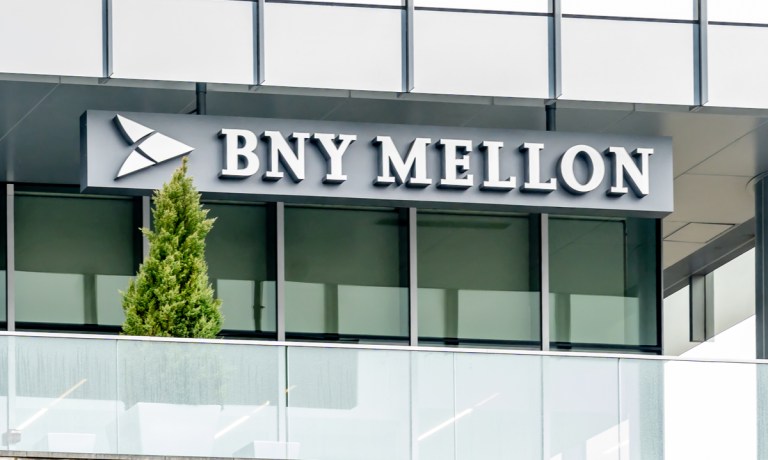
BNY Mellon has teamed with payments company Trustly to launch Bankify, an open banking payments solution.
Bankify helps “organizations receive consumer payments from bank accounts, with a seamless user experience and that offers guaranteed funds for business receivables,” BNY Mellon said in a Thursday (Sept. 7) news release.
Bankify, which uses Trustly’s open banking capabilities, lets BNY Mellon clients offer users the ability to make payments directly from their bank accounts instead of credit or debit cards and third-party payment platforms, according to the release.
The launch comes at a time when some fundamental questions are being asked about open banking, as Ross McFerrin, vice president of enterprise growth at Trustly, told PYMNTS in an interview published earlier this month. People want to know what is, how it works and what’s in it for merchants.
“And the question we get asked the most is ‘What’s in it for the consumers?’” McFerrin said.
Open banking has been more firmly rooted internationally but is gaining some ground in the United States. It’s a system that uses open application programming interfaces (APIs) that let third-party developers build applications and services around the financial institution (FI) and lets consumers dictate what data can and can’t be shared with third parties and apps.
The advantages of open banking — especially in terms of permissioned data and direct account-to-account (A2A) payments — sound impressive. Transaction costs go down, benefiting all parties involved, McFerrin told PYMNTS.
“The consumer has a better overall experience, and the merchant sees a tangible business impact,” said McFerrin.
PYMNTS also spoke earlier this year with another Trustly executive, Craig McDonald, the bank’s chief business officer, who said open banking can help merchants and consumers realize key advantages.
“Merchants today want three things: a great UX, which means high conversion; a low cost, meaning less fees; and a non-refutable transaction, so no chargeback,” McDonald said.
Open banking, he added, can direct transactions based upon their attributes, like cost to a merchant or end-user behavioral profile, to a real-time rail or to a debit network, a system that could someday disrupt the card-dominated U.S. market.
For all PYMNTS B2B coverage, subscribe to the daily B2B Newsletter.